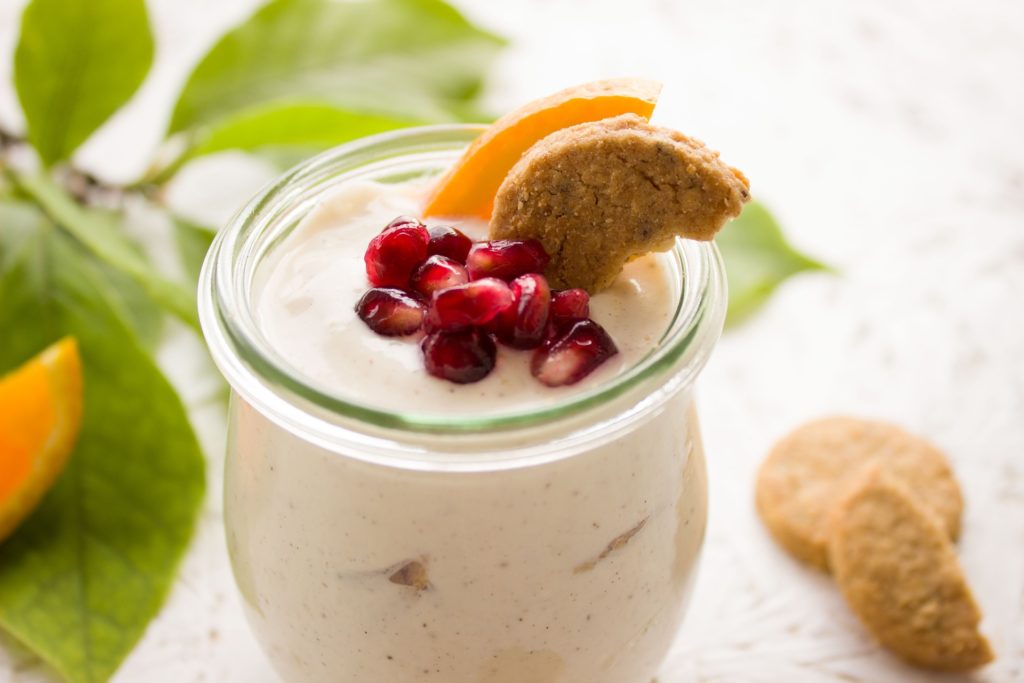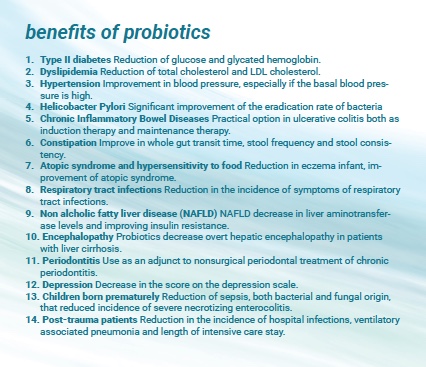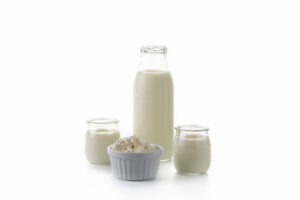
useful organisms
The “Father Of Natural Immunity” is credited with our modern understanding of immunity
Ilya Ilyich Mechnikov, also spelled Élie Metchnikoff, was a Russian zoologist best known for his pioneering research in immunology. He and Paul Ehrlich were jointly awarded the 1908 Nobel Prize in Physiology or Medicine “in recognition of their work on immunity”.
Élie Metchnikoff developed a theory that aging is caused by toxic bacteria in the gut and that lactic acid could prolong life. Based on this theory, he drank sour milk everyday. He attributed the longevity of Bulgarian peasants to their yogurt consumption.
The term “probiotic”, is generally attributed to Metchnikoff.
“I rather believe that the essence of an inflammation lies in the phagocyte attack of solid pathogenic substances, be it a weakened or dead cell, a bacterium or any other foreign body.”
There appears to be a whole spectrum of polarized macrophages or signatures, hence the need for a different approach to describe the infectious disease process beyond a bridge between innate and adaptive immunity.
Élie Metchnikoff can also be credited with the genesis of our modern understanding of autophagy.
Probiotic research began with infectious diarrheal disease
The introduction of a hypothesis similar to the modern concept, but not the term, “probiotic”, is generally attributed to Metchnikoff, who suggested that “the dependence of the intestinal microbes on the food makes it possible to adopt measures to modify the microbiota in our bodies and to replace the harmful microbes by useful microbes”. It doesn’t just sound similar, it is the hypothesis and it gave rise not only to the term probiotic but prebiotic and the two should not be confused but they are closely intertwined. Prebiotics are chemicals or substrates that induce the growth or activity of microorganisms.
Current research on the efficacy of probiotics include such conditions as metabolic disease, antibiotic-associated and C. difficile-associated diarrhea, IBS, constipation, IBD, chemotherapy associated diarrhea, respiratory tract infection, ventilator-associated pneumonia, NAFLD, liver encephalopathy, periodontitis, depression, vaginosis, urinary tract infections, pancreatitis, pneumonia, hospital infection, mortality of posttrauma patients and necrotising enterocolitis in premature infants.
How can the average consumer begin when reading about ‘benefits’?
Microbial influence is greatly affected by the host.
“The terrain is everything.”
Determine if the probiotics are GRAS, generally regarded as safe. Is the probiotic readily available to consumers with virtually no detrimental public health outcomes. In that case you can usually rest assured it is a ‘pro-biotic’.
Understand prebiotic effects
It was never proposed that probiotics be consumed apart from their natural environments. Cheese and many fermented foods were readily available until the modern marketplace gave rise to ‘probiotic capsules’ or powders and health benefit was implied. That assumption was challenged and it soon gained traction.
Probiotics without milk are useless.
Bovine colostrum increases colonization of probiotics 52 fold
Bovine colostrum results in increased phagocytosis and reduced bacterial and viral load in 24 hours independent of immune factors.
date nut muffins
Date Nut Muffins are a classic British teatime treat made with sweet dates and toasted walnuts.
Date nut muffins are a handy variation on date nut bread, which originated in Great Britain (specifically Scotland) as a tea time treat. This recipe uses a small amount of brown sugar.
did you know?
Fermented Dairy Products Prevent Alzheimer’s Due To Oleic Acid Amides
This study has demonstrated the preventive effect of dairy products on Alzheimer’s disease, which was previously reported only epidemiologically. Moreover, oleamide has been identified as an active component of dairy products that is considered to reduce Aβ accumulation via enhanced microglial phagocytosis, and to suppress microglial inflammation after AB deposition. Oleamide synthesized from oleic acid has much higher anti-inflammatory activity than linoleic or linolenic acid. Fermented dairy products enhance microglial anti-inflammatory activity and phagocytosis. With ingestion of a fermented dairy product, the deposition of AB in the brain was significantly reduced.
Amidation of oleic acid is crucial for phagocytosis
Oleic acid has no effects on microglia phagocytosis; therefore, amidation of oleic acid must be crucial for this activity. Orally administered oleamide enhanced microglial phagocytosis in the brain.
Amidation is a liquid phase reaction.
Bovine milk contains many oligosaccharides that are identical to those found in human milk. Oligosaccharides recovered from whey could serve as ingredients for infant formula, as their composition is similar to that of HMOs and such an ensemble cannot currently be produced synthetically.
Annu Rev Food Sci Technol. 2018 …
the intestinal macrophage pool requires constant regeneration, unlike other macrophage pools.
Clinical & Translational Immunology (2016) Gastroenterology and Liver Units, Department of Medicine, Hebrew University- Hadassah Medical Center, Jerusalem, Israel
Phagocytosis in Cellular Defense and Nutrition: A Food-Centered Approach to the Evolution of Macrophages
Observations and speculations associated with the hypothesis that macrophages are evolutionarily derived from enteric phagocytes. This idea was already proposed in the late 19th century by Elias Metschnikoff who pioneered the research of phagocytosis for both macrophages and enteric phagocytes. We presume that modern approaches to better understand phagocytosis will be helped by considering the deep evolutionary relationship between the two cell types.
Remember, no more than 6 teaspoons (25 grams) of added sugar per day for women and 9 teaspoons (38 grams) for men. The AHA limits for children vary depending on their age and caloric needs, but range between 3-6 teaspoons (12 – 25 grams) per day. Children under two should have zero grams of sugar per day.
If you like natural health tips like the ones above you can learn more in Immune For Life

